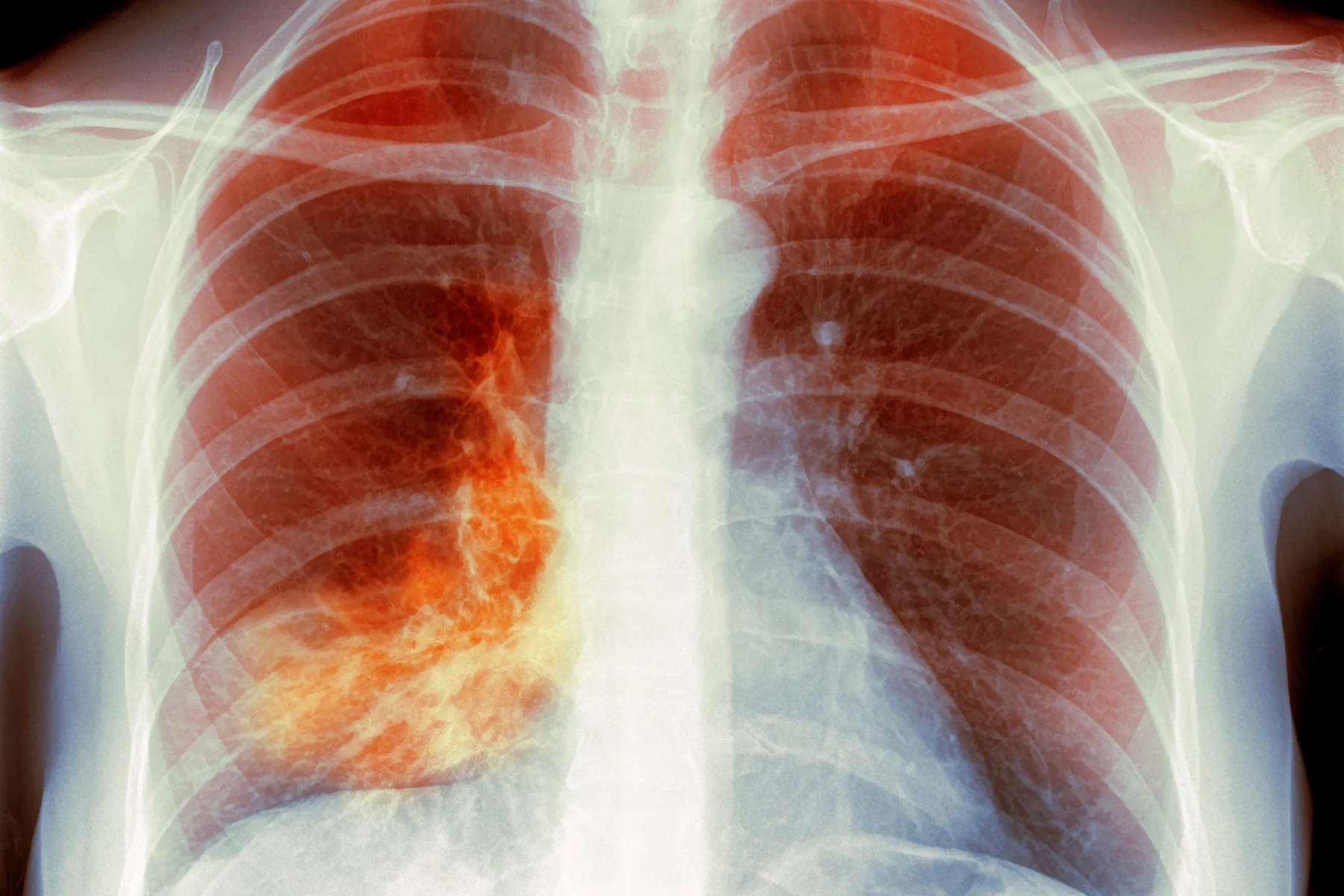Dec. 7, 2023 – How worried should you be about outbreaks of “white lung syndrome” pneumonia in children reported in Ohio, Massachusetts, and several countries in Europe?
WebMD asked experts this question, as well as if the cases are related to a similar outbreak in China, what symptoms are most common, and what advice they have for preventing infection in their families and for stopping further spread of this infection.
White lung pneumonia is not an official medical condition. Instead, it’s a sign of pneumonia that shows up as white areas on a lung X-ray, and it might prompt more testing to see if lung inflammation is viral, bacterial, or caused by exposure to pollution or chemicals.
We asked Vandana Madhavan, MD, MPH, a pediatric infectious disease expert at Mass General for Children in Boston, and William Schaffner, MD, an infectious disease expert at Vanderbilt University in Nashville, to share their take on white lung pneumonia.
Q: How concerned should we be about the cases of ‘white lung’ pneumonia reported in Ohio, Massachusetts, and some European countries?
Madhavan: “We’re seeing more respiratory infections that are circulating because it’s December and we’re in North America and the Northern Hemisphere. Is this a natural seasonal spike? It’s hard to know, but right now we’re not seeing numbers of any particular virus or bacterial infection at such levels that are concerning.”
Schaffner: “Similar things have been seen in Denmark, the Netherlands, and here in the United States. This is not a surprise. This variety of respiratory viruses and mycoplasma bacteria that are circulating are very common. Some of them get down deeper into your chest and cause pneumonia.”
Q: What are the main symptoms, and do they differ from other respiratory infections?
Schaffner: “There are symptoms that involve the upper respiratory tract, like stuffy nose, runny nose, sore throat, and cough, if the virus gets down into the bronchial tubes. If the virus or the bacteria gets out into the substance of the lungs, it can cause difficulty breathing, or create sputum that you’re bringing up that suddenly looks greenish or is streaked with blood. If any of those things happen, if you have any difficulty breathing, if you develop a high fever, you may well have pneumonia. Please contact your health care provider right away.
Madhavan: ”Be on the lookout for signs of dehydration. Younger children in particular have less reserve and are more likely to get dehydrated faster.” Parents could put a humidifier in a child’s bedroom or let them breathe steam while you run a shower. In older children, honey in a warm drink can be helpful.
Q: Any connection to similar illnesses reported in China?
Schaffner: “There’s been a lot of whoop-de-doo about white lung pneumonia. It started with a report in Northern China that they had an increase in pneumonia. The Chinese learned something since COVID – because everybody was afraid that we’d seen this movie before.” Chinese officials met with experts at the World Health Organization where Chinese public health said there was no new virus. “This was nothing like COVID. Instead, it was an early, seasonal increase in respiratory infections, including pneumonia, caused by a variety of winter respiratory viruses.”
Q: How severe are the cases reported in the United States?
Schaffner: “There is a spectrum. A lot of individuals, kids, and older persons have milder respiratory infections that can be managed at home. But each year, we have to hospitalize some children and some adults because they do have pneumonia and difficulty breathing.” A few even have to be on a ventilator for a short time, he said. “The vast majority of folks do get better. That should be reassuring.”
Q: Any advice on steps parents can take to protect their children and prevent further spread of this illness?
Madhavan: “Hand-washing, being mindful that if your child is sick – not going out – and asking if everyone is well if you’re going to a party or holiday gathering.” Wearing a mask in crowded public areas could also help, she said. “Also make sure your family is up to date on influenza, COVID, and respiratory syncytial virus (RSV) vaccines.”
Schaffner: “I would like to remind everyone that we have some vaccines available.” Vaccines for flu, RSV, and COVID-19 are available for many, many people, he said. “Beyond the vaccines, let’s try to be careful and avoid people who are coughing and sneezing. The second thing, which is also tough to do in some households, is if anyone is sick, don’t send you child to day care. They can just spread it to everyone else.”






